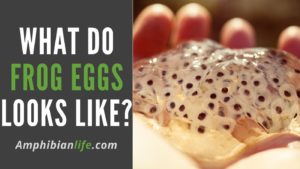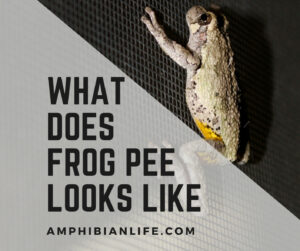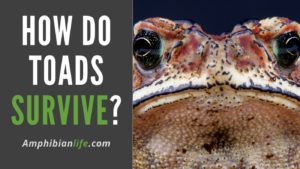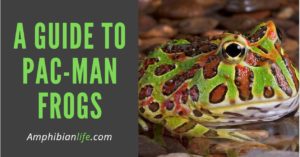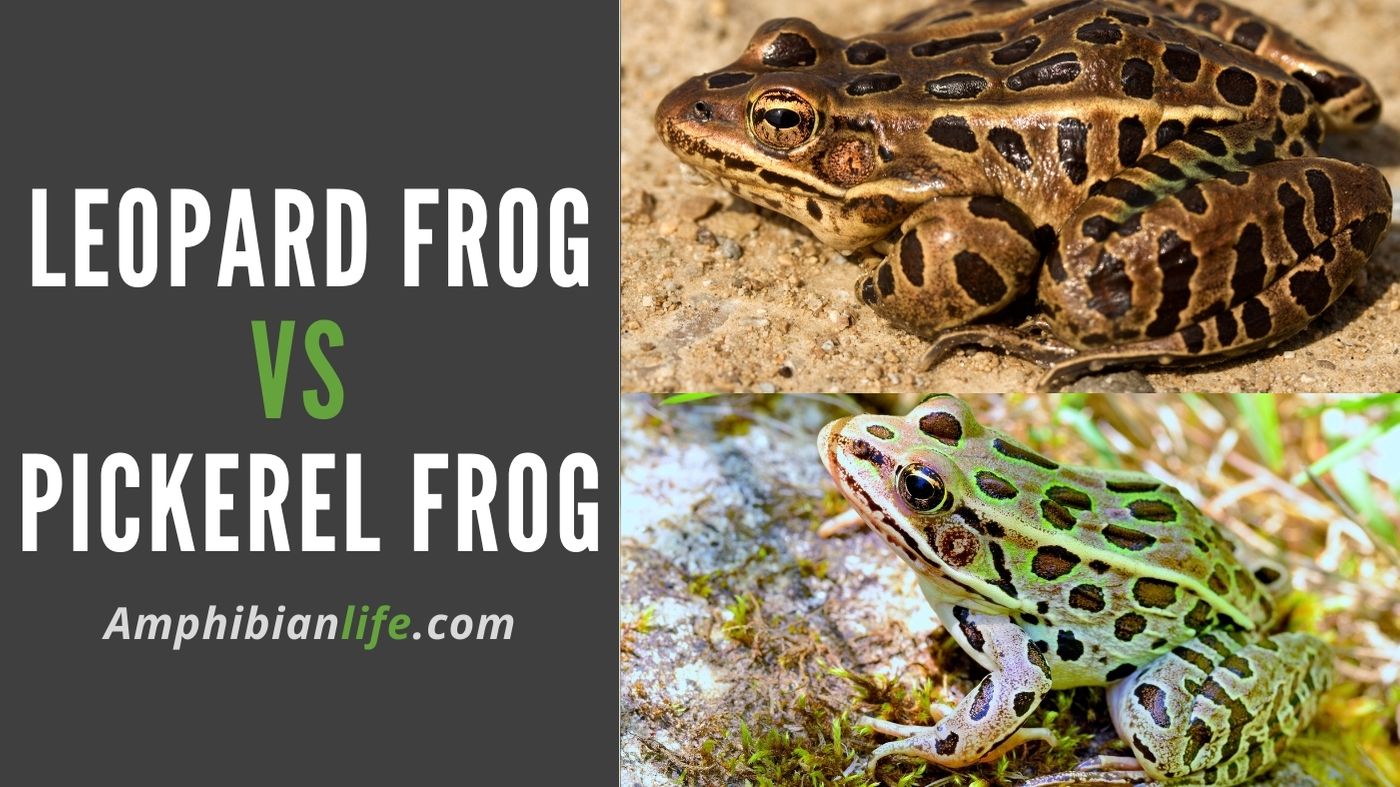
Frog enthusiasts know that the Leopard frog and pickerel frog look much alike and are both grass frogs. However, when someone asked me about the differences, I couldn’t give a clear and precise answer to her question.
That is why I jumped on the computer the first chance I got to figure it out so that I could give her an answer to her questions!
So, I did research to find the differences between the Leopard frog and the Pickerel frog and in this article, you’ll find out what they are!
So, without further ado… Here’s the article and I hope you enjoy it!
How can you tell the difference between Leopard frogs and Pickerel frogs?
The leopard frog and the pickerel frog are the two species of grass frogs that look almost similar. They can be located on woods and wet meadows and returns to the water for laying eggs, avoid predation, and thermo-regulate.
Do you spot a leopard or pickerel frog? (3 Visible Differences)
They are so much identical that you have to take a closer look to figure out some differences.
Spots : On the back
The main distinguishing feature of Leopard frog vs Pickerel frog in their spots, that run parallel down their back.
The pickerel frog will have square-shaped spots, generally in rows, whereas the leopard frog will have rounded spots in some random pattern.
Calling: Croaking pattern
The call of a pickerel frog is like a nasal snore of a lower pitch which can be compared to the call of a cow.
Whereas the call of a leopard frog is almost similar to the pickerel frog but has a short and very low husky sound.
Undersides:
If you dare to pick any one of these to identify its kind, you should check its undersides.
When you observe carefully, you will find that pickerel frogs will have patches of yellow skin much brighter on the inside thighs, whereas in leopard frogs you won’t find anything like that.
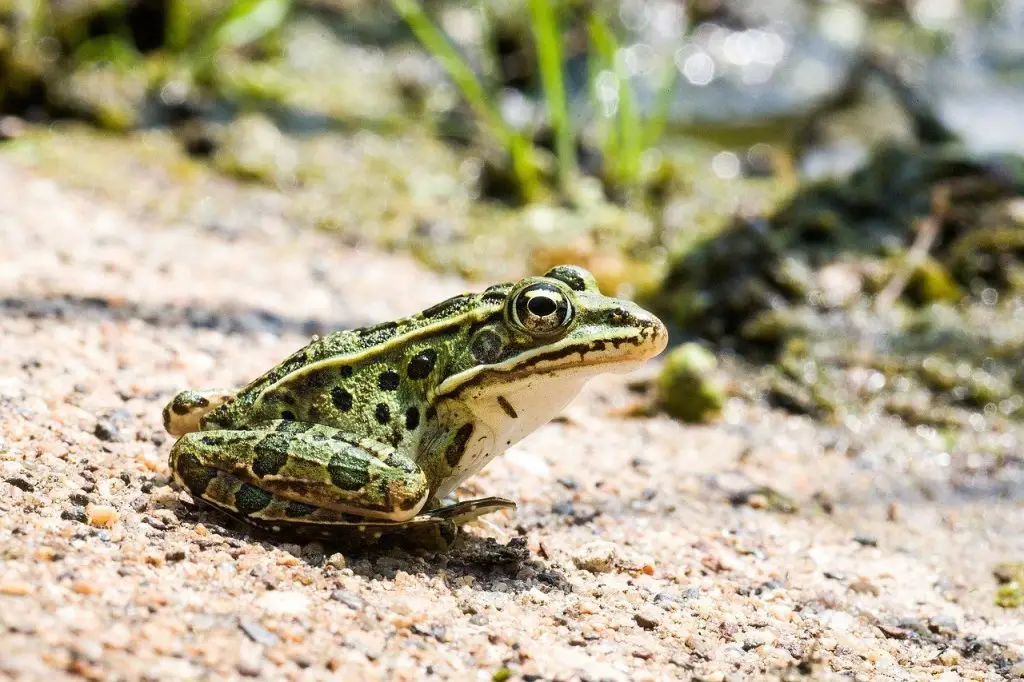
Other major differences Between Leopard And Pickerel Frogs
You can find a leopard frog near ponds, lakes, fields, meadows, marshy lands, and rivers.
They often live in places that has slow-moving water and the coverage area should have lots of vegetation.
During the summer season, they prey in the wide grassy meadows, fields, or pastures, which are located far from the water.
Pickerel frogs often lives in woodland areas that have moisture all around and near water bodies.
You can also spot them near the edges of ponds and lakes, wet pastures, streams, and wet fields.
During the summer, they stay away from water and live in damp places, whereas during winters they shift to the bottom of water bodies.
Where do leopard frogs live?
The leopard frogs prefer living in stretches from southern Canada to the northern United States and New Hampshire.
In some scattered areas of the Pacific Northwest, and the southernmost part throughout New Mexico and Arizona.
Where do pickerel frogs live?
Pickerel lives in North America, Canadian Provinces to the south of Carolina, all the way to Texas from Minnesota.
You can also find them scattered through the mountains In Georgia
The pickerel frogs tend to stay in dense vegetation with cooler temperatures rather than the leopard frogs.
What do leopard frog eggs look like? (and how many they lay)
The breeding season of leopard frogs starts in March and ends in June. On warm sunny days, the males used to gather in pools floats on the water surface and calls out with low grunts of sound for attracting the females.
The female lays a mass that comprises around 5000 eggs in warm, shallow, and still water. They attach the eggs to the vegetation and take about 9 days to hatch.
What do pickerel frog eggs look like? (and how many they lay)
On the other hand, the breeding period for pickerel frogs starts in late March and continues until early May. By emitting a low snore call, the male frog attracts the female frogs.
The females lay egg masses that are attached to small branches in temporary water bodies.
The egg masses contain around 3000 eggs. The eggs then hatch into tadpoles and they stay in the water for another 95 days before they transform into a frog.
What do pickerel frogs eat? what do pickerel tadpoles eat?
The tadpoles of leopard frogs eat rotting plants and algae. As they grow bigger in size, they eat insects, ants, beetles, leafhoppers, and slugs, pillbugs, snails, and even small-sized frogs.
It waits in the grassy meadows, or near the water and snatches its prey with a long sticky tongue.
When they are tadpoles, the pickerel frogs are herbivorous and at once they become adults, they become carnivorous and mostly eat invertebrates.
Which of these two frogs is poisonous?
Between the two types of frogs, the pickerel frog has earned the title of being poisonous in entire North America. Some fish, or green frogs, or even bullfrogs can eat pickerel frogs without causing them much harm.
Although both of these species don’t bite when they feel threatened, the pickerel frogs secrete a toxin from their skin that may be toxic for would-be predators, and sometimes may irritate human skin.
Can leopard or pickerel frogs be harmful to humans?
Both the leopard and the pickerel frogs cannot affect humans to a great extent.
These frogs aren’t harmful to humans, although threatening, tends to release a mild toxin through their skin.
What happens if you touch a poisonous frog?
However, skin secretions may sometimes cause skin irritation, but they are not fatal.
The skin secretions can irritate when they come in contact with broken skin, mucous membranes, or eyes. If by accident you ingest the toxins, it can cause discomfort and vomit.
Such a scenario can happen when you are handling the frog which has secreted toxins, and then you rub your mouth or eyes without washing thoroughly with soap and water. Consult your physician if the irritation persists.
Can one of these frogs be harmful to other animals?
Pickerel frogs are among the few frogs found in the US to produce poisonous skin secretions.
These secretions can be distasteful to the predators and they will feel this creature is not worthy of eating, hence stay away.
But sometimes the secretion can prove fatal to potential predators like mammals, birds, snakes, and other amphibians.
There are many snakes that avoid the pickerel frogs because of their toxic skin secretions. However, predators such as bullfrog, green frog, and some species of snakes have developed their immunity to absorb the toxin, and the secretion from the pickerel frog does not affect them.
When threatened very much, they jump and dive to the depths of water to escape from them.
If by any chance the poisonous secretion comes in to contact with the eyes or mouth of your pet or domestic animals, take them immediately to a vet physician.
Conclusion
By now you should have learned about the differences between the Leopard and Pickerel frog. You which species is poisonous and if they are poisonous to other animals. I truly hope that you have enjoyed the article and if you did, below are some topics that might interest you.
Further Reading
Do you want to know more about the eating habits of frogs and toads? You can find the articles about that here:
Or, do you want to know What Birds, Reptiles, Amphibians And Fish All Have In Common? That you can learn in this article
Frogs can hear, but do not quite have ears as we do. Find out how the ears of a frog work in this article: Do frogs have ears (and how do they hear)?
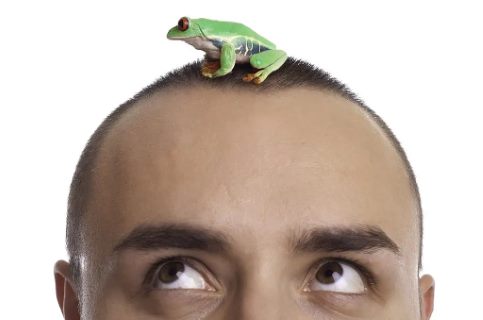
Hi, I’m Mike, and I’m the creator of amphibianlife.com. If there was one word to describe it? It would be: passionate about Amphibians! Whether you want to know more about amphibians or have a presentation to give at school, you’ve come to the right place.



